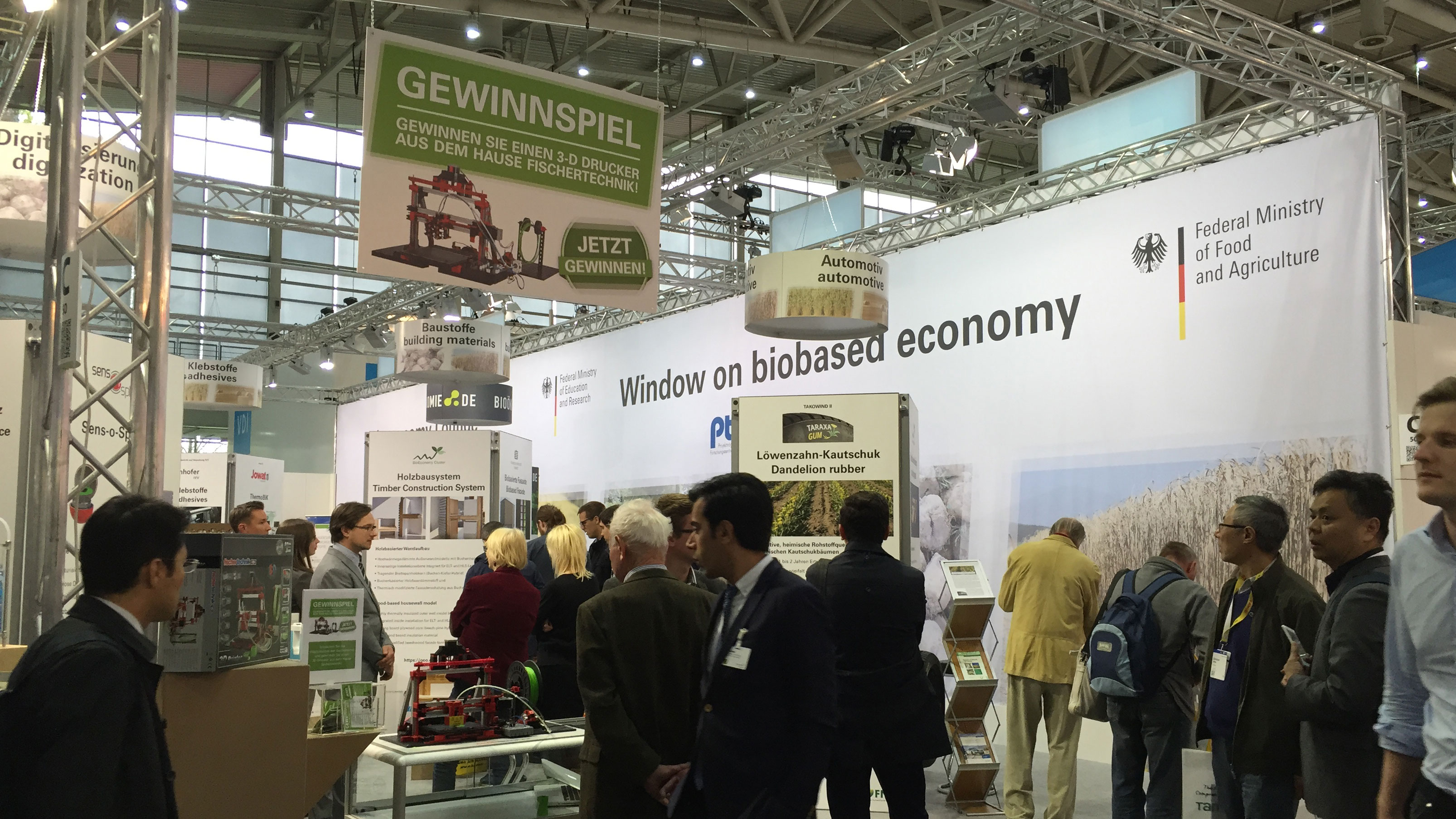Building the sustainable way
The Zuse Research Association develops climate-friendly and comfortable technologies – from the basement to the roof.

The demand for living space in Germany is expected to increase by seven percent by 2030. And even today, politicians are struggling to find solutions that will reduce housing costs. One such measure could be the construction of new buildings. These could also help promote the transformation of the housing sector towards greater sustainability. Several institutions of the Zuse Research Association have developed new technologies precisely for this purpose.
Sound insulating bricks for more comfort and safety
For example, the Institute for Brick Research has developed a technique for producing special bricks. They consist of 80% air and therefore have a porous, air-rich structure that not only insulates heat very well but also sound. In addition, the panels are not only decorative, but also particularly fireproof. The Institute for Wood Energy, on the other hand, has invented a mechanism that prevents doors from pinching fingers - especially useful for schools and kindergartens.
Fuel cell with combined heat and power generation
Other developments from the Zuse community serve climate protection: One example of this is heating based on fuel cells, which not only generates heat from hydrogen, but also electricity by means of combined heat and power generation. Since hydrogen can be produced from natural gas, the necessary infrastructure is already available today. The German Fuel Institute in Freiberg supplies components such as peak load boilers and deodorization systems for such combined heat and power plants.
Photovoltaics and solar thermal combined
However, heat and electricity can not only be generated in the basement, but also on the roof. The Institute for Solar Energy Research in Hameln combines the advantages of photovoltaic systems and solar thermal technology. The self-supporting mounting system for the photovoltaic modules consists of an aluminium frame through which a liquid flows. The liquid heats up and transfers the heat to the heating system of the building. In addition, the hybrid system, developed in cooperation with several medium-sized companies, is integrated into the roof, enabling building owners to save costs in roof construction. The technology is already available in small batches.
In addition, Zuse researchers want to integrate the use of solar energy into other construction elements. The Institute for Applied Building Research in Weimar, for example, has developed a solar-active design facade with several partners.
bl/um


